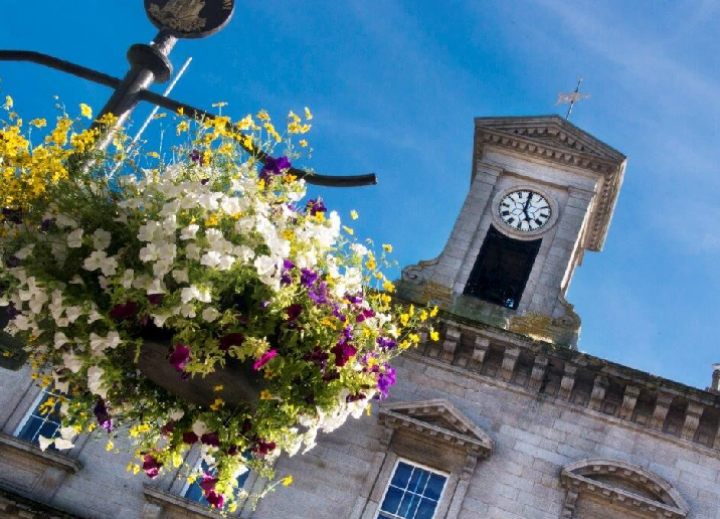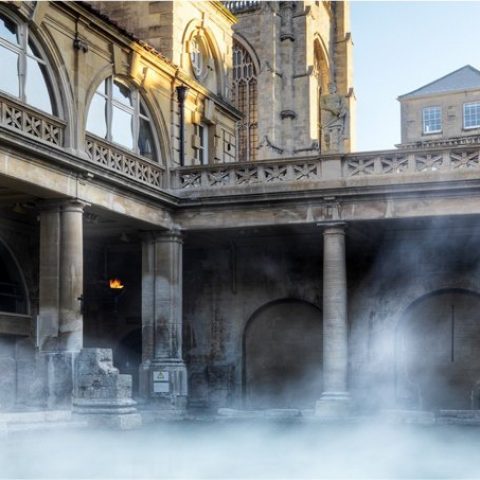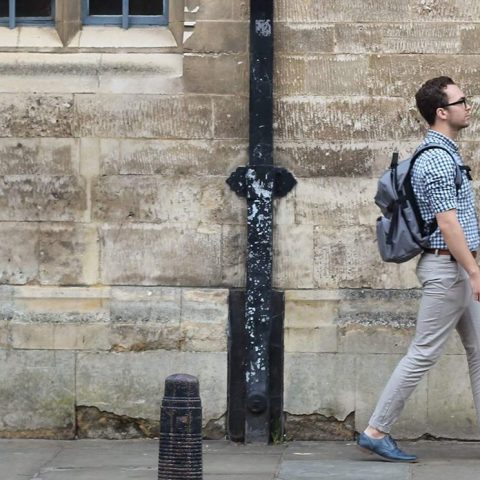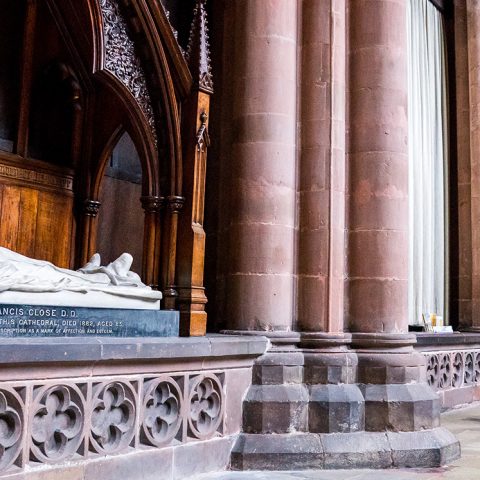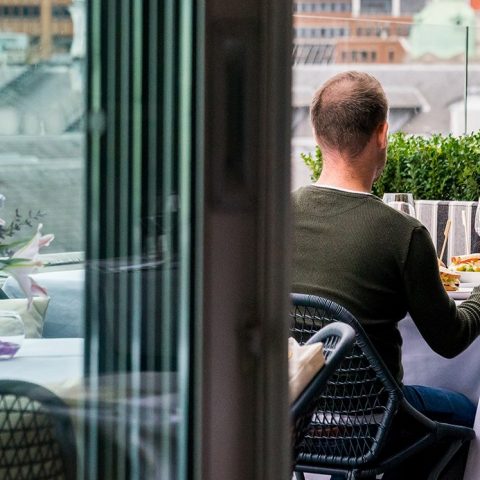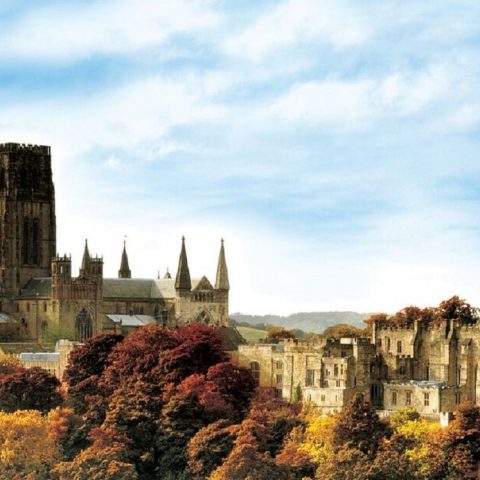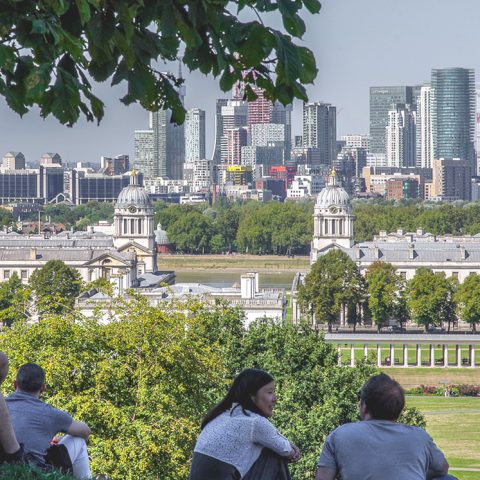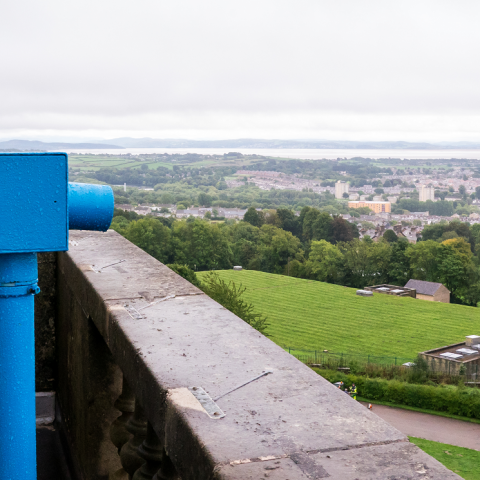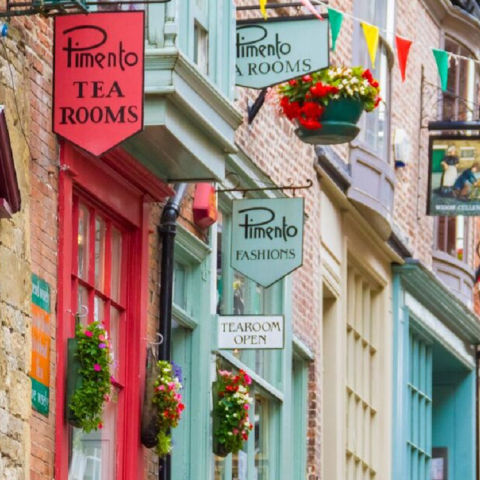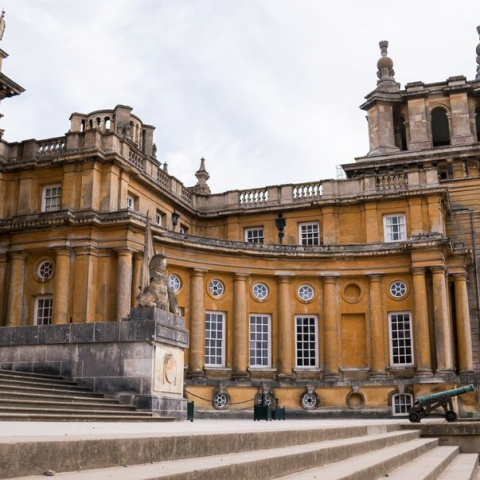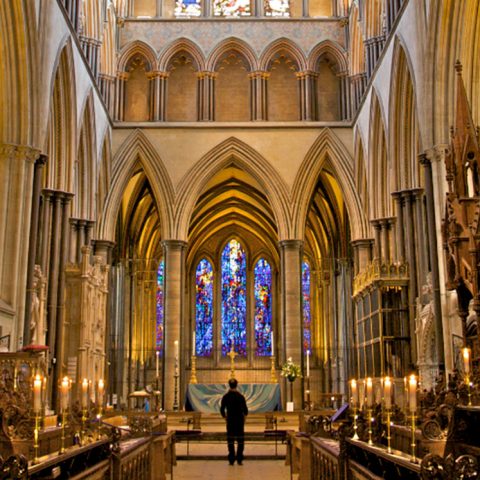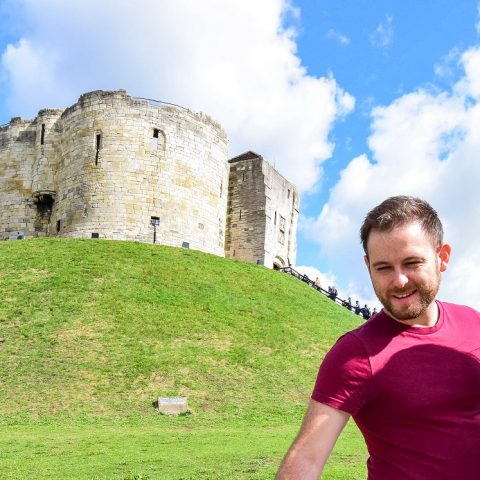Truro, called after Tri-veru meaning three rivers which includes the Rivers Kenwyn and Allen, has developed close to the Truro River and with brilliant road and rail links is within easy reach of almost every part of Cornwall.
Visit the Cathedral of the Blessed Virgin Mary
The Cathedral is a Church of England cathedral located in the heart of Truro. It was built between 1880 and 1910 to a Gothic Revival design by John Loughborough Pearson on the site of the parish church of St Mary. It is one of only three cathedrals in the United Kingdom with three spires.
Learn about the Cornwall Heritage at the Royal Cornwall Museum
The Royal Institution of Cornwall, founded in 1818, was set up to promote excellence across all fields relating to Cornwall’s world-leading industries and art. RCM acts as a central hub to learn about and enjoy Cornish heritage and its links to the world thereby contributing to the economic and social welfare of the county.
Explore Truro River
Truro River is the product of the convergence of the two rivers namedKenwyn and Allen which run under the city: the Truro River (named after the city) flows into the River Fal, estuarial waters where wildlife is abundant, and then out into the Carrick Roads. Explore the river by boat or kayak.
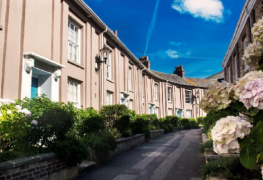
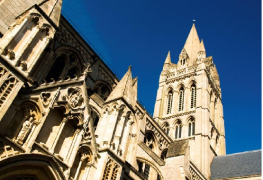
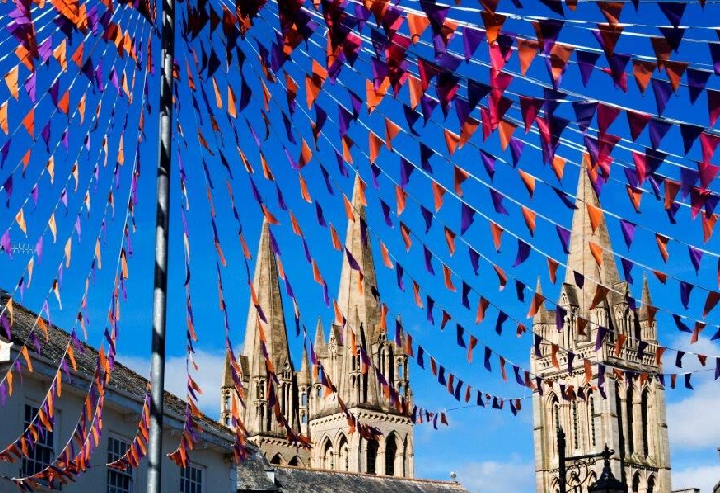
The town grew from an Iron age settlement, a castle was built on the prehistoric site and the port of Truro was registered as being capable of accepting foreign commerce and the town became well established.
Truro became a coinage town in 1327 and by order of the King twice yearly locally mined tin was brought to be assayed. The port thrived over the years with Truro having control of the waterway right down to the sea at Falmouth.
Later in the 18th and 19th centuries wealthy mine owners and merchants built grand townhouses as well as owning beautiful country retreats. Truro offered great entertainment with balls & plays at the Assembly Rooms at High Cross, educational lectures and exhibitions at the Royal Cornwall Institute.
In 1876 the Diocese of Truro was founded and the architect John Loughborough Pearson was chosen to create a cathedral in the centre of the city. The foundation stone was laid in 1880 and after 30 years the building was complete with the three spires Victoria, Edward & Alexandra.
